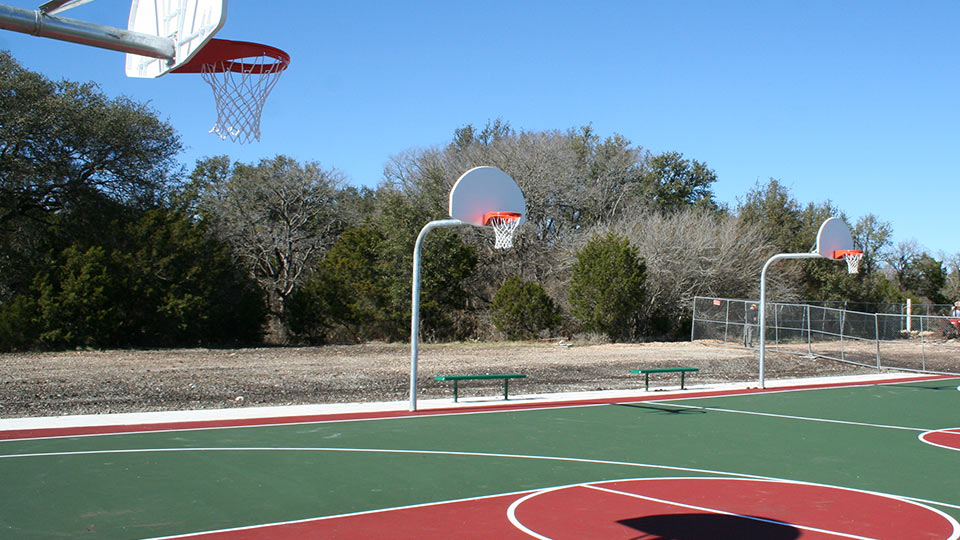(By JUSTINE LOCKHART)
The sun is beginning to rise. The air is still cool with morning dew, and the sound of chirping birds juxtaposes the sound of construction.
The MoPac Improvement Project, which started in January 2018, has caused many changes for commuters along the intersections of Slaughter Lane and La Crosse Avenue.
While the new underpass is finished at Slaughter, there is still some work underway there. Meantime, at the end of March, the intersection at La Crosse was closed off for work on an underpass there, forcing drivers to take detours.

Now, the nearby SH 45SW toll road connecting MoPac eastward toward FM 1626 is expected to open to motorists in early June, according to The Central Texas Regional Mobility Authority. And as this new highway brings more traffic to MoPac South, the work to build the underpass at the La Crosse intersection is still months from completion.
Although many commuters understand how the changes might help in the future, they are unhappy with the current construction.
“The traffic is immensely invasive when it comes to making it on time to commitments,” college student Shelby Kelly said. “I hope when it’s done it will be worth it.”
The new lanes, multitude of cones and constant changes are a source of confusion for drivers, and result in more traffic than before the construction began.
“People not from here have told me how in danger they felt because of how confusing the new construction is,” Kelly said.
Even though Kelly has lived in Austin all her life, the shifts in the normal traffic pattern puzzle her too.
“As a new driver, I have to use Google Maps to get around and it doesn’t always take into account lane closures or changes,” Kelly said.
Kelly is not the only Austinite left baffled by the ever changing lanes. Fellow college student Sophie De La Garza compares the confusion to “the game shoots and ladders.” When possible, De La Garza tries to avoid the confusion.
“I use a lot of back roads,” De La Garza said. “I know all the shortcuts and faster ways to get to places that I need to be.”
This is not the only strategy commuters use to combat the effects of the construction.
“Some ways that I have been dealing with the construction is to leave early, watch the news, and ask family members who had been through it earlier,” Kelly said.
Although the project may be causing commuters some difficulties now, the aim of the project is to make commuting faster and safer for Austinites.
“Hopefully, the traffic will make transport more efficient,” Kelly said. “I also hope the construction will help to prepare for the insane amount of people moving to Austin.”
Until the project is finished, De La Garza advises Austinites to do their best to get through the traffic.
“I would advise you to be cautious and look for easier ways to get through,” De La Garza said. “And look out for the time that you leave.”
Even if the construction has caused many inconveniences, Kelly believes that it will pay off later.
“Construction seems difficult at the moment but I think it is worth the sacrifices if we can all commute in a safe and efficient manner,” Kelly said.




